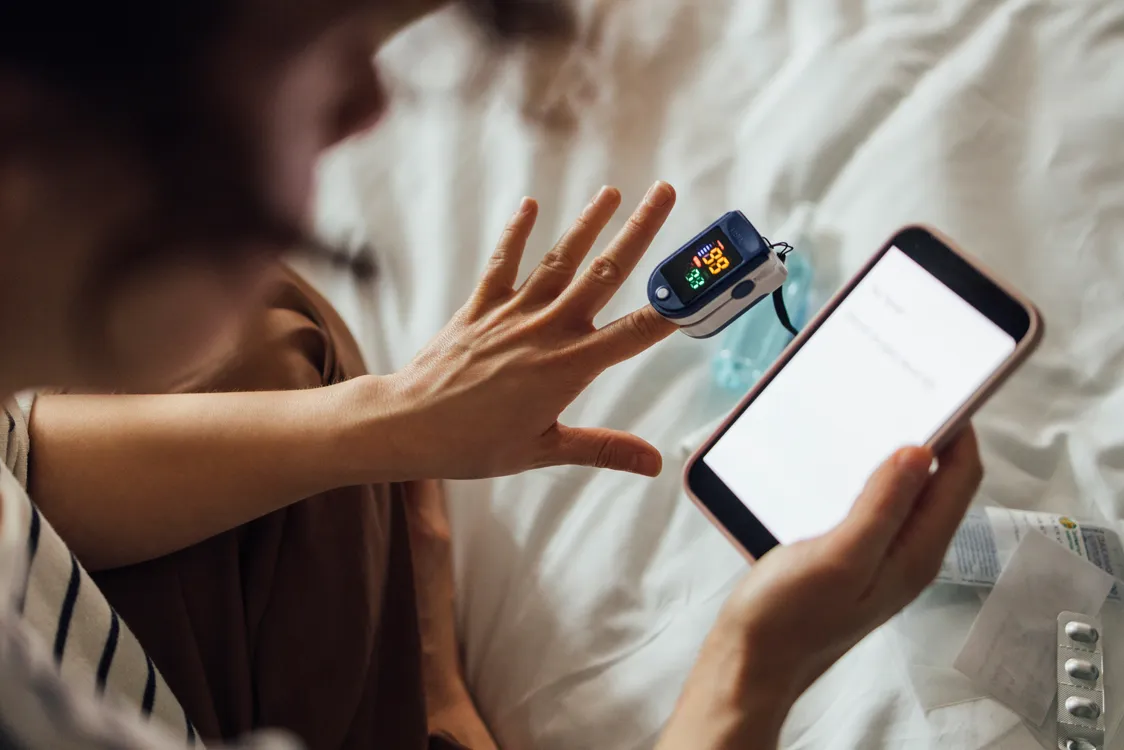A team of US scientists researchers found that eighty percent of the time, a smartphone correctly predicted whether the subject had low blood oxygen levels on administering a controlled mixture of nitrogen and oxygen.
In New York Researchers have discovered that smartphones are capable of detecting blood oxygen saturation levels as low as 70%, which is the lowest value that pulse oximeters are supposed to be able to measure.
Participants in the proof-of-principle study by the University of Washington (UW) and the University of California, San Diego placed their fingers over the smartphone’s camera and flash, which uses a deep-learning algorithm to determine the blood oxygen levels.
The smartphone correctly identified whether a subject had low blood oxygen levels 80% of the time when the team administered a controlled mixture of nitrogen and oxygen to six subjects to artificially lower their blood oxygen levels.
“Other smartphone applications were developed by asking people to hold their breath. However, after a minute or so, people start to feel very uneasy and need to breathe, and that’s before their blood oxygen levels have fallen low enough to accurately reflect the full range of clinically relevant data “said University of Washington co-author and lead author Jason Hoffman.
“We can collect 15 minutes of data from each subject during our test. Our findings suggest that smartphones may operate effectively in the critical threshold range” In the study that was printed in Digital Medicine, Hoffman said.
Another advantage of using a smartphone to measure blood oxygen levels is that almost everyone has one.
According to co-author Dr. Matthew Thompson, professor of family medicine at the UW School of Medicine, “this way you could have multiple measurements with your own device at either no cost or low cost.”
Telemedicine consultations would greatly benefit from this by quickly determining whether patients need to visit the emergency room or if they can stay at home, take a rest and schedule a later appointment with their primary care provider.
Each participant was required to wear a standard pulse oximeter on one finger while also placing another finger on the same hand over a smartphone camera and flash in order to collect data for training and testing the algorithm.
The researchers trained a deep learning algorithm to determine the blood oxygen levels using participant data. The remaining information was used to confirm the method’s accuracy before testing it on brand-new subjects.
According to senior author Edward Wang, an assistant professor at UC San Diego, “the camera records how much that blood absorbs the light from the flash in each of the three color channels it measures: red, green, and blue.”
By putting the algorithm to the test on more people, the team hopes to continue this research.





